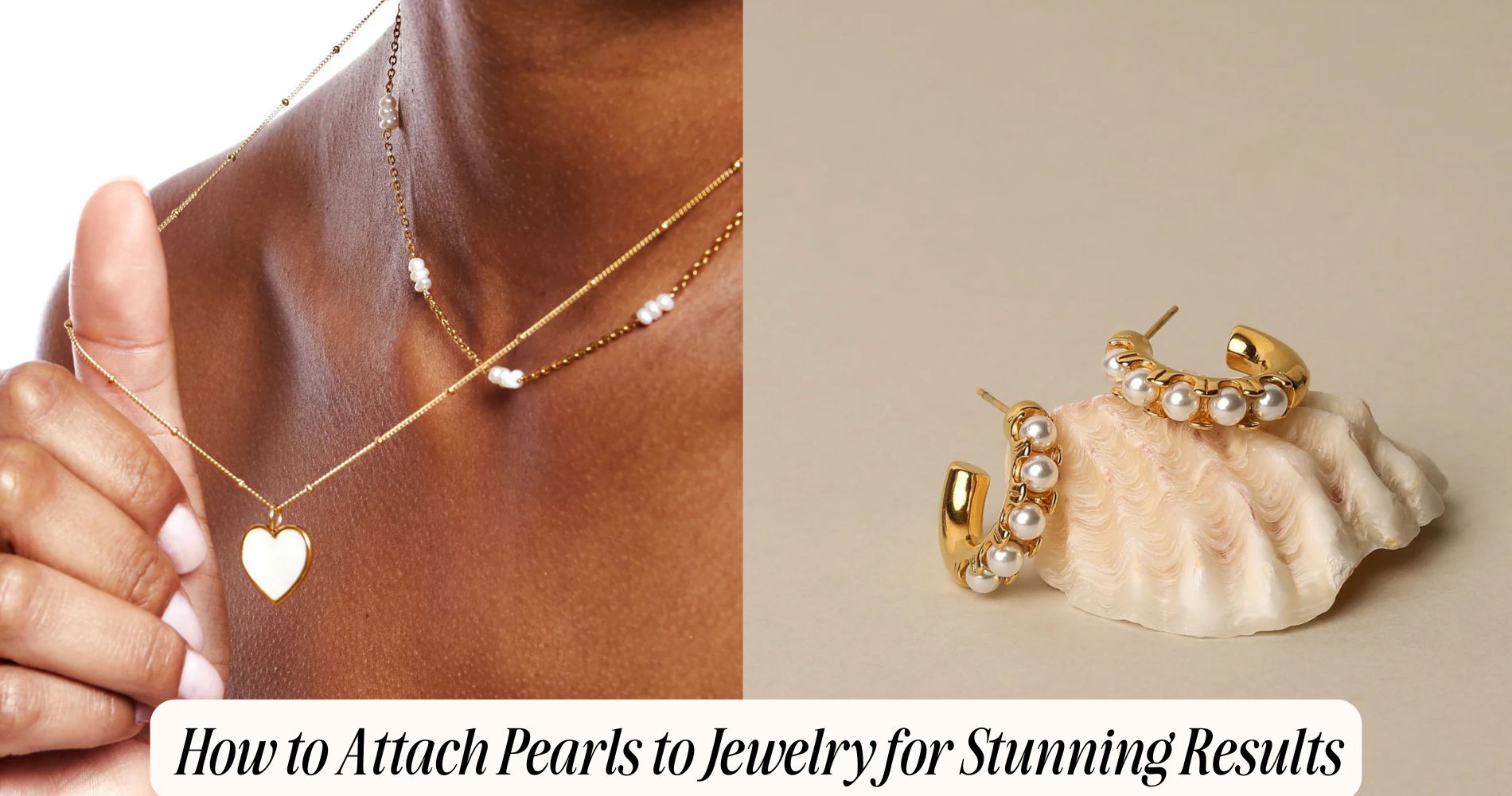
How to Attach Pearls to Jewelry for Stunning Results
How to attach pearls to jewelry for stunning results starts with selecting high-quality pearls that complement your design. Gather essential tools like round-nose pliers and silk thread to ensure secure attachments. Techniques such as knotting or wire wrapping can enhance both durability and elegance. Make sure your jewelry base is clean and properly prepped to create a strong bond. Use pearl adhesives or knots to secure the pearls while preserving their natural luster. For beautifully crafted inspiration, explore our Mother of Pearl Jewelry collection. Finally, buff your finished piece to remove smudges and adjust spacing for visual harmony. There are endless techniques and tips yet to uncover that will elevate your craftsmanship.
Selecting the Right Pearls
When it comes to selecting the right pearls for your jewelry, quality takes center stage.
You'll want to explore various pearl types, such as Akoya, Tahitian, or South Sea, each offering unique luster and size.
Pay close attention to their surface quality—look for smooth, unblemished pearls that reflect light beautifully.
Color matching is also vital; consider how the pearl hues harmonize with your design. For instance, pairing white pearls with soft pastels creates an elegant look, while dark Tahitian pearls can add drama to bolder colors.
Don't forget about shape—round pearls are classic, but baroque shapes can introduce an artistic flair.
Essential Tools and Materials
After selecting the perfect pearls for your jewelry, gathering the right tools and materials is key to bringing your vision to life.
You'll need a variety of essential items, including a pair of round-nose pliers, wire cutters, and a bead mat to prevent rolling.
Depending on your pearl types—like freshwater or Tahitian—you might need specific findings such as pearl knots or crimp beads to secure them effectively.
For jewelry styles ranging from elegant necklaces to chic bracelets, consider using silk thread or strong beading wire.
Don't forget your adhesive, especially if you're working with delicate designs.
Having these tools on hand guarantees your project runs smoothly, allowing you to focus on creating stunning, one-of-a-kind pieces.
Different Attachment Techniques
While exploring different attachment techniques for pearls, you'll discover that each method offers unique advantages for your jewelry design.
Knotting techniques are a popular choice; they not only secure pearls but also create a lovely drape, allowing movement and enhancing elegance. You can use silk thread for traditional knotting or experiment with nylon for added durability.
On the other hand, wire wrapping presents a modern twist, enabling you to create intricate designs that showcase your pearls while providing robust support. By wrapping wire around the pearl and attaching it to your base, you can achieve a stylish, secure finish.
Each method has its charm, so feel free to mix and match to find what resonates with your personal style!
Preparing Your Jewelry Base
To create a stunning piece of jewelry, you'll want to carefully prepare your jewelry base, ensuring it's ready for the pearls you'll be attaching.
Start by choosing bases that complement your design, whether it's a metal, fabric, or resin. Each base material offers unique aesthetics and durability, so consider how they'll interact with the pearls.
Clean your base thoroughly to remove any dust or oils—this step is essential for adhesion. If you're working with metal, lightly roughen the surface to enhance the bond. For fabric, use a stabilizer to prevent fraying.
Finally, plan your layout—this will guide you in evenly distributing the pearls, creating a harmonious look. A well-prepared base is the foundation for breathtaking jewelry!
Securing Pearls Effectively
With your jewelry base meticulously prepared, the next step is to secure the pearls in place so they shine beautifully.
Begin by employing pearl knotting, which not only adds elegance but also protects each pearl from scratching against others. Thread your needle with silk or nylon cord, tying a knot between each pearl as you string them, guaranteeing they're snug and secure.
If you prefer a quicker method, consider using pearl adhesives specifically designed for jewelry. Apply a small dot of adhesive to the back of each pearl, pressing firmly onto your base. This method is great for intricate designs where knotting may be challenging.
Whichever method you choose, guarantee a firm bond to showcase your pearls' natural luster.
Tips for a Polished Finish
Achieving a polished finish on your pearl jewelry can elevate its overall appearance, making it look professionally crafted.
Start by using a soft cloth to gently buff the pearls and metal components, removing any fingerprints or smudges. For added luster, consider applying a specialized jewelry polish to the metal settings; just verify it's safe for pearls.
Pay attention to the spacing between pearls; even slight adjustments can enhance visual appeal. When adding finishing touches, choose clasps that complement the design without overpowering it.
Finally, store your pieces carefully in a soft pouch or box to maintain their brilliance. These small details can make a significant difference, guaranteeing your pearl jewelry shines with enchanting elegance.
Frequently Asked Questions
How Do I Clean Pearls Before Attaching Them?
To clean pearls before attaching them, gently wipe with a soft, damp cloth to remove dirt. Avoid harsh chemicals; instead, use mild soap if needed. Proper cleaning methods guarantee your pearls maintain their beauty and longevity.
What Types of Jewelry Are Best for Pearls?
When choosing jewelry styles for pearls, consider classic options like necklaces, bracelets, or earrings. Each pearl type, from Tahitian to Akoya, adds unique beauty, enhancing your pieces with elegance and sophistication that truly stands out.
How Can I Tell if My Pearls Are Real?
To tell if your pearls are real, examine their luster differences; genuine pearls exhibit a deep, rich shine. Use pearl identification methods like the tooth test—real pearls feel gritty against enamel, while faux ones feel smooth.
What Are Some Common Mistakes to Avoid When Attaching Pearls?
When attaching pearls, avoid common mistakes like using the wrong adhesive, neglecting proper spacing, and not securing knots tightly. Each detail matters; precision guarantees your pearls shine beautifully in your finished jewelry piece.
Conclusion
Now that you've mastered the art of attaching pearls, let your creativity shine! Remember to choose the right pearls and tools, and don't shy away from experimenting with different techniques. Preparing your jewelry base and securing those lustrous gems effectively are key to achieving a stunning finish. With practice, you'll transform simple pieces into extraordinary treasures. So, get crafting and let your unique style and passion for pearls radiate through every piece you create!







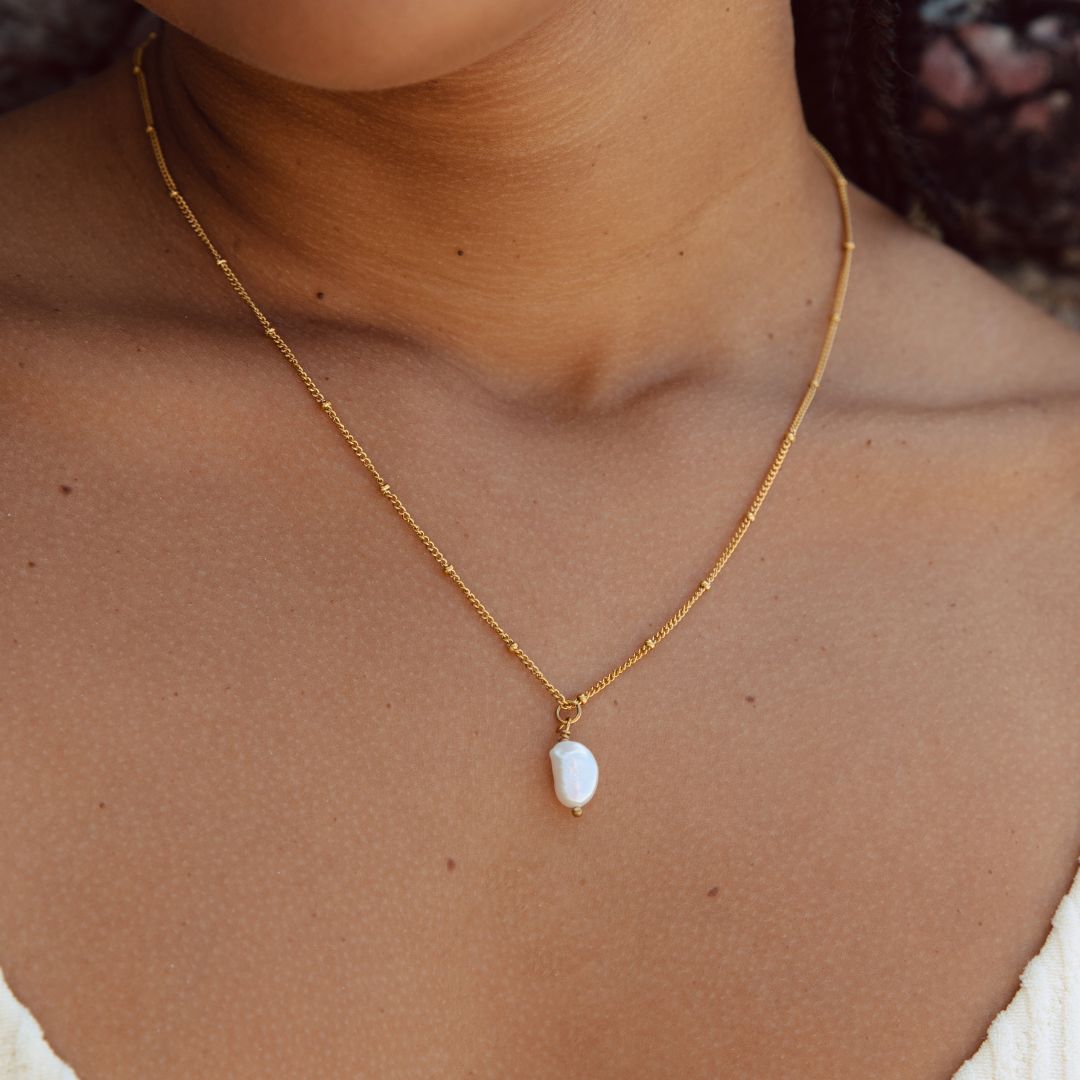

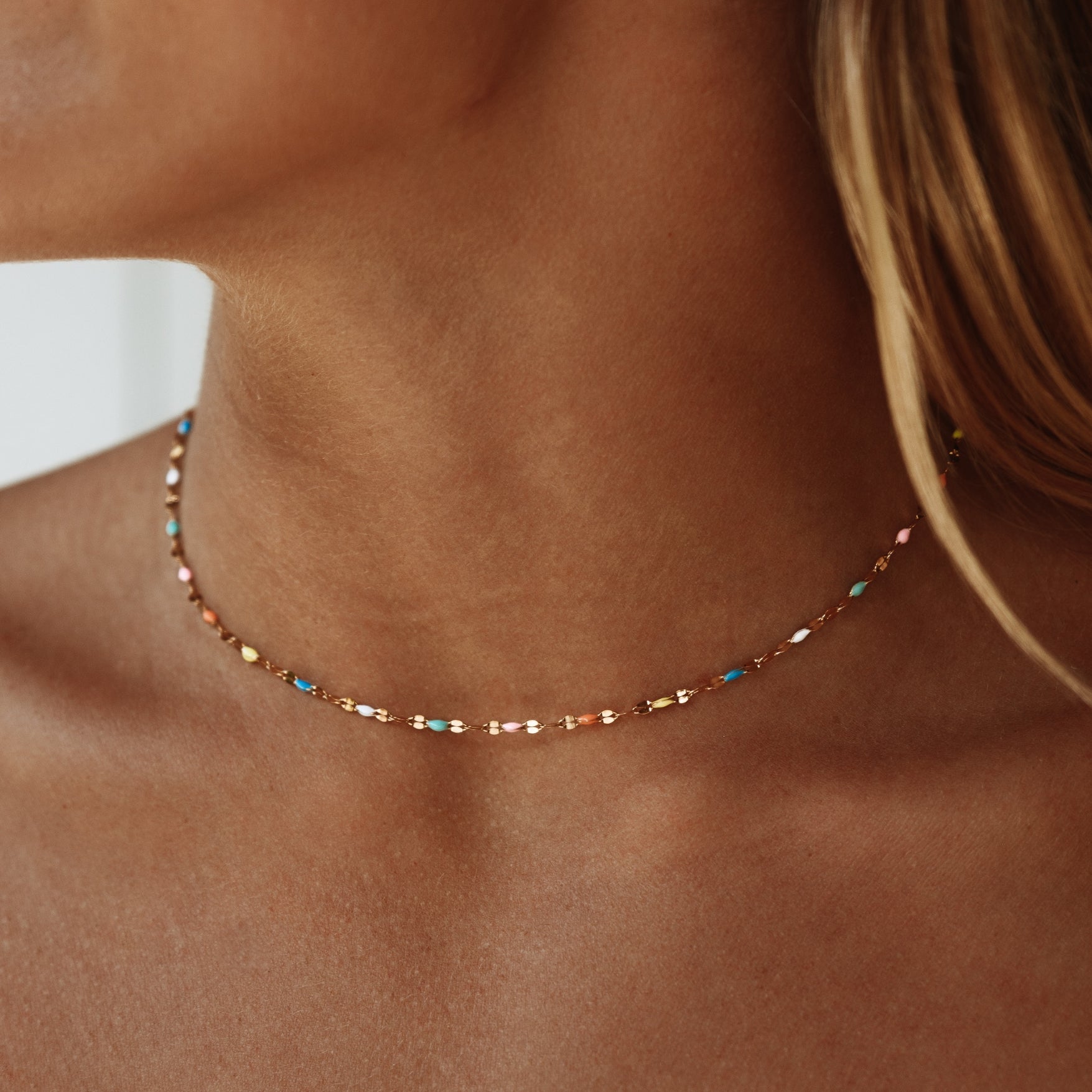


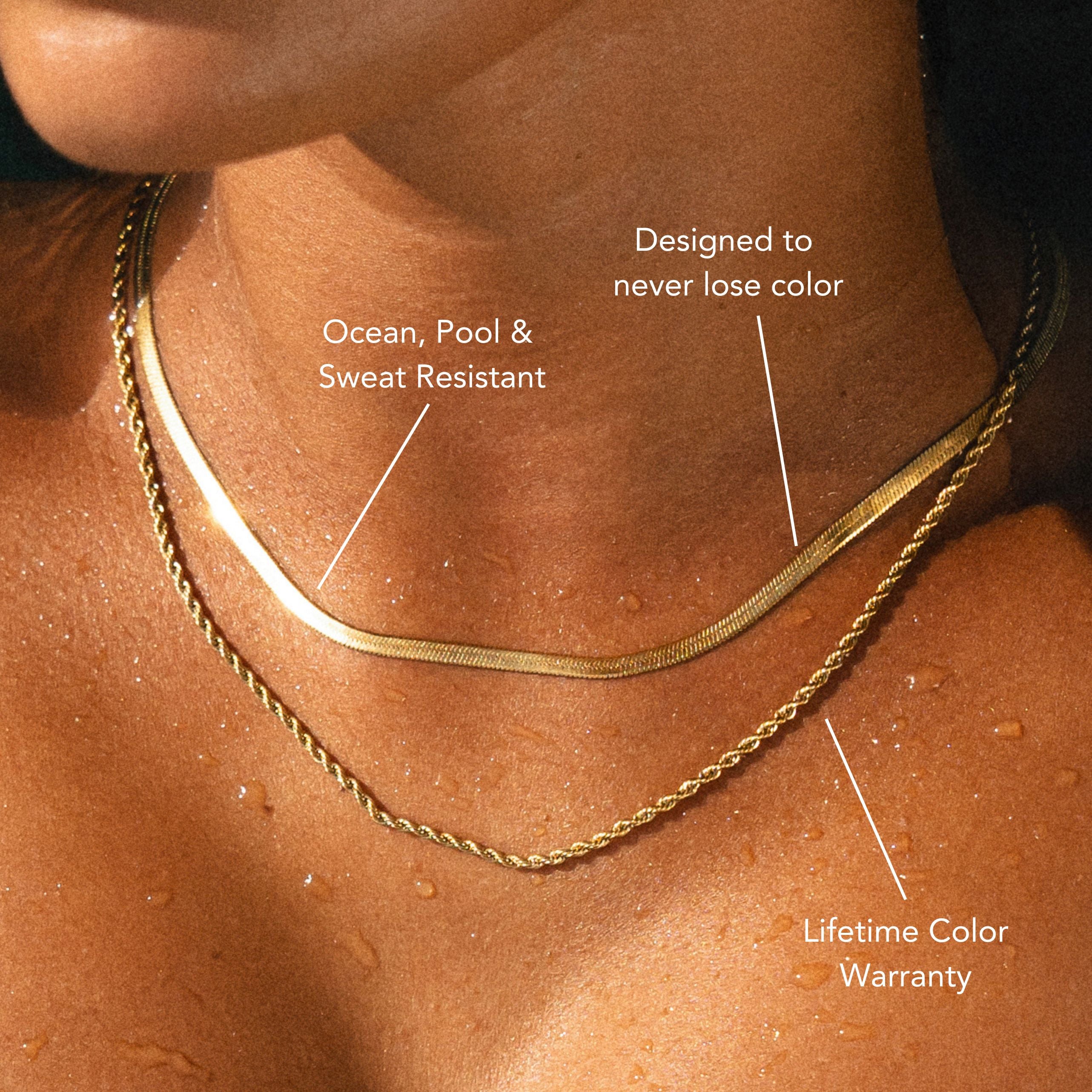
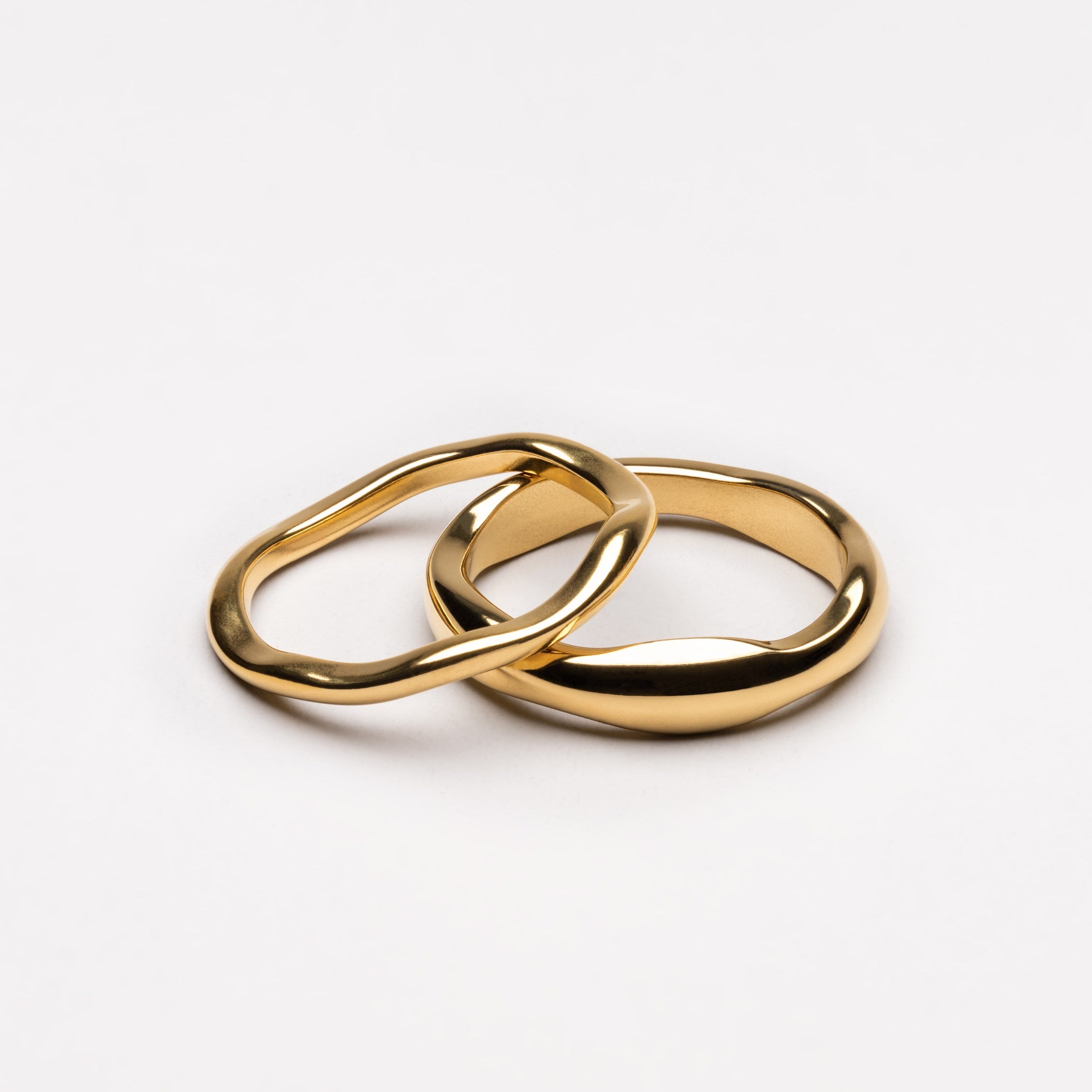
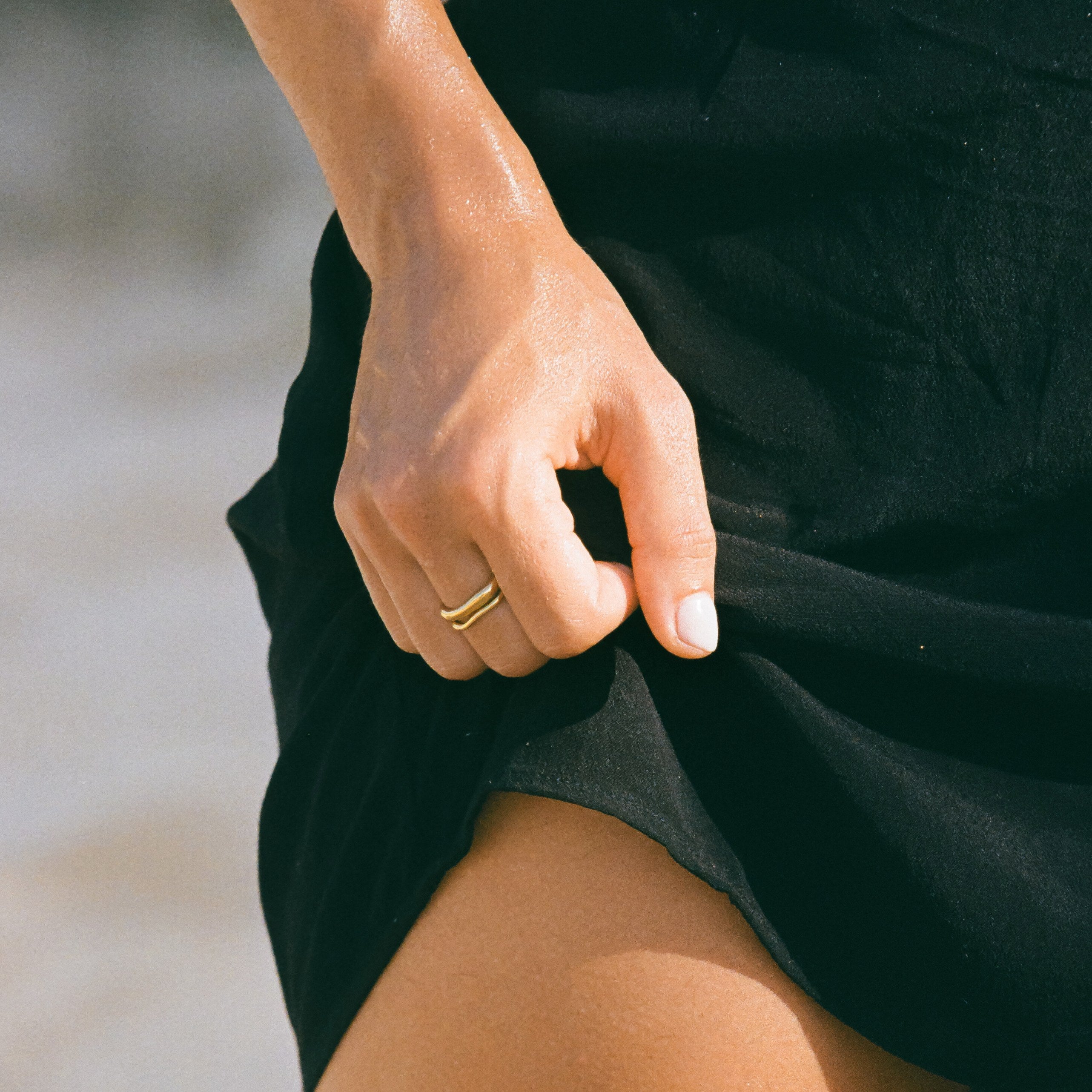

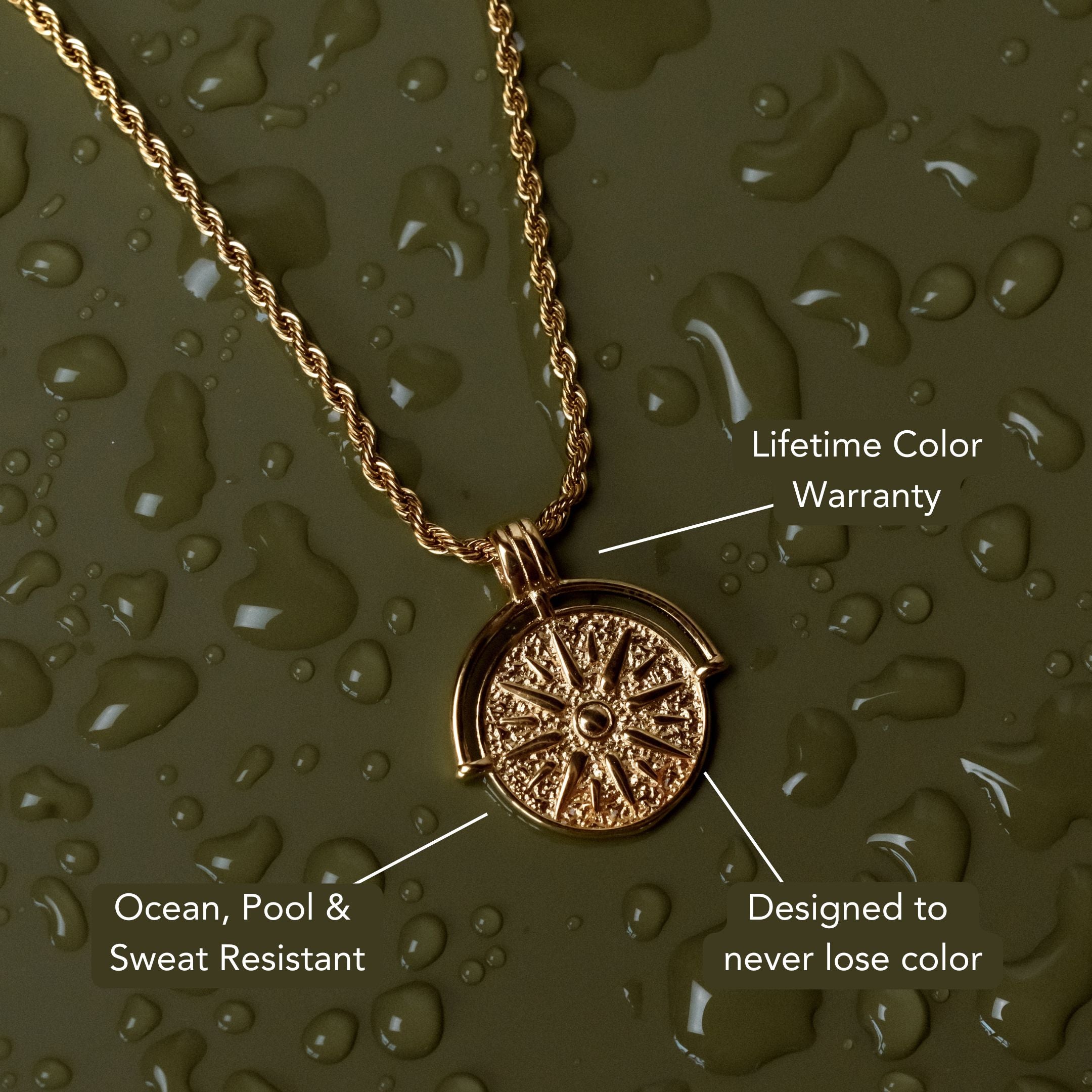

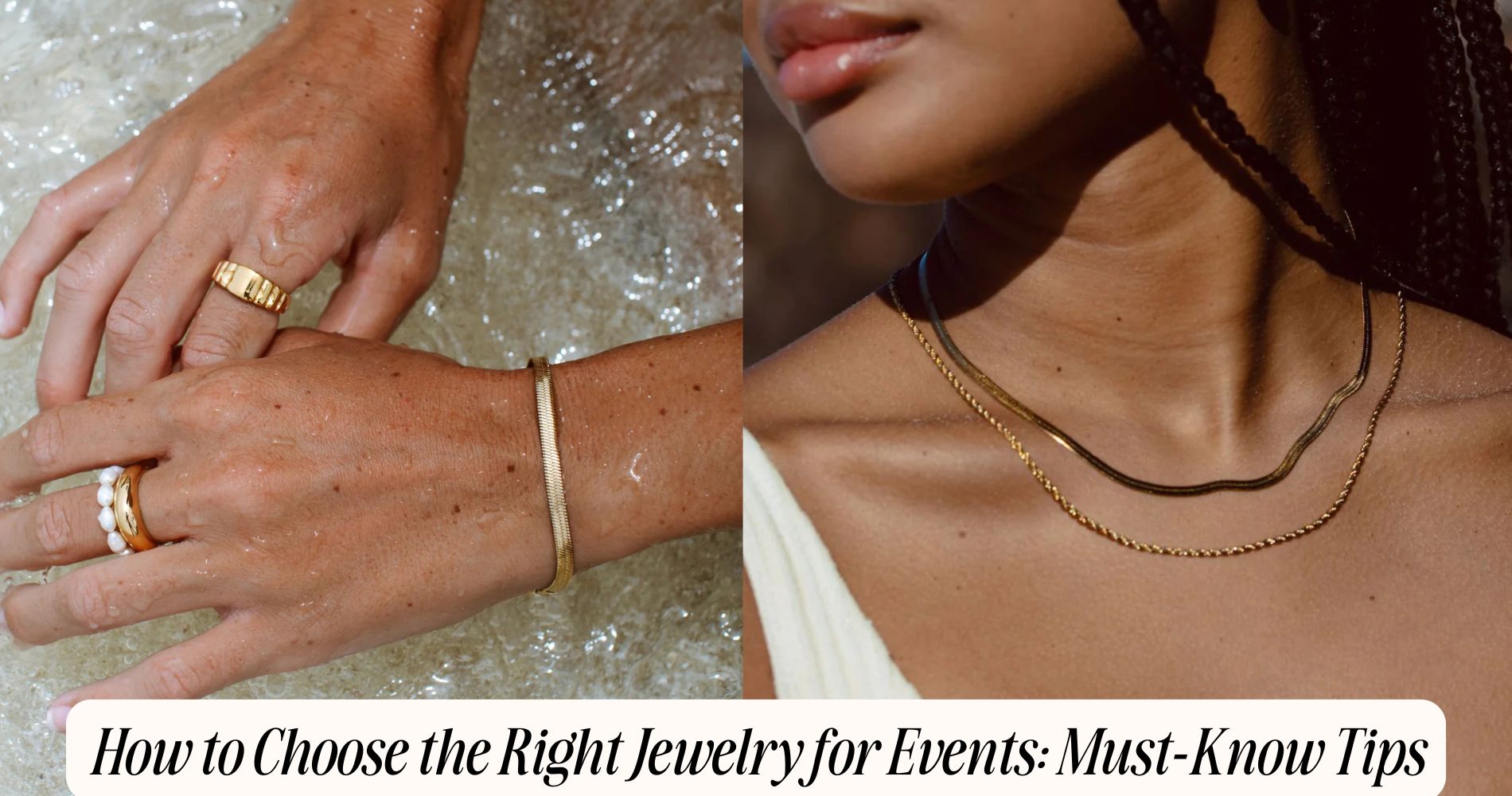




Leave a comment
This site is protected by hCaptcha and the hCaptcha Privacy Policy and Terms of Service apply.